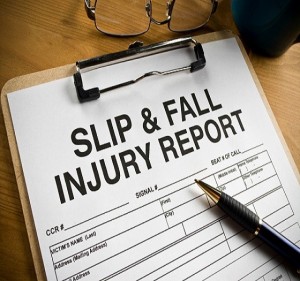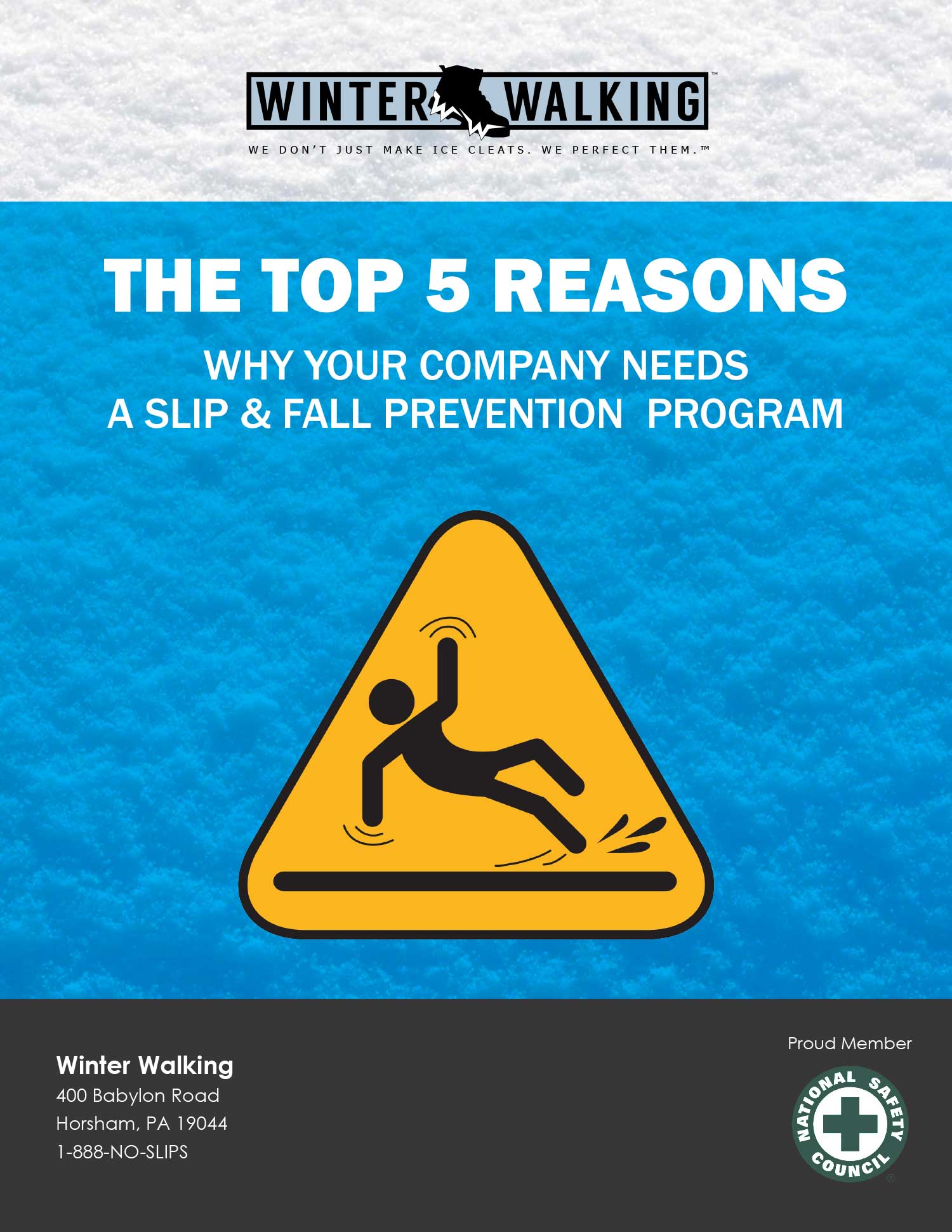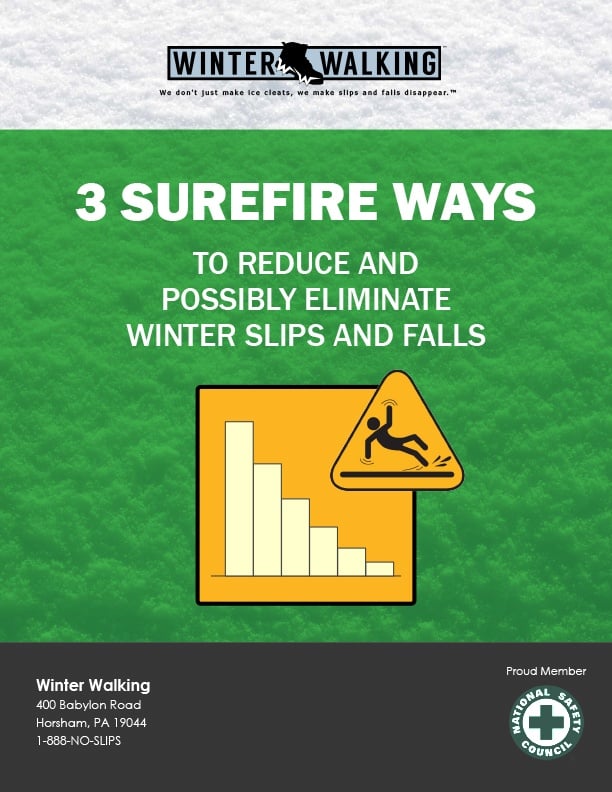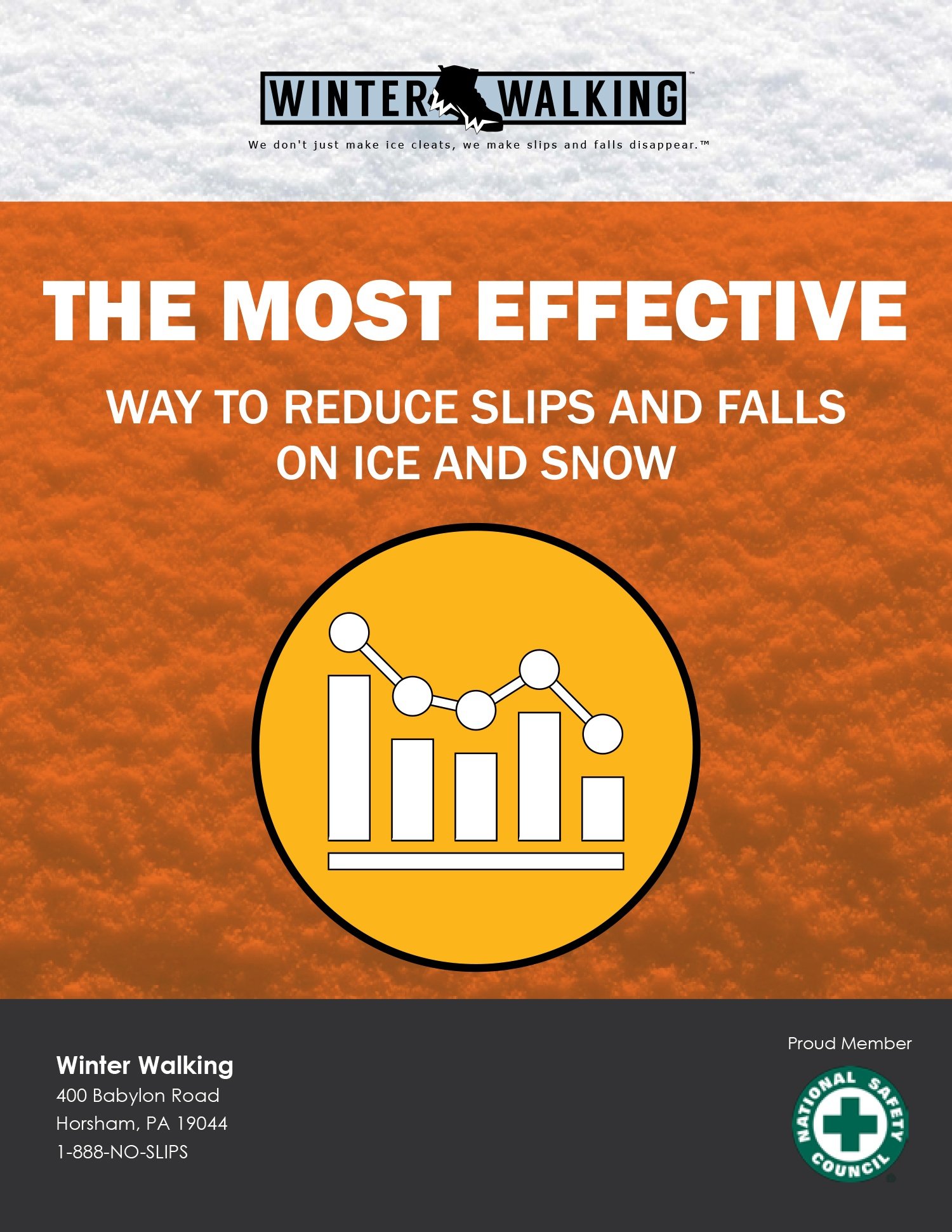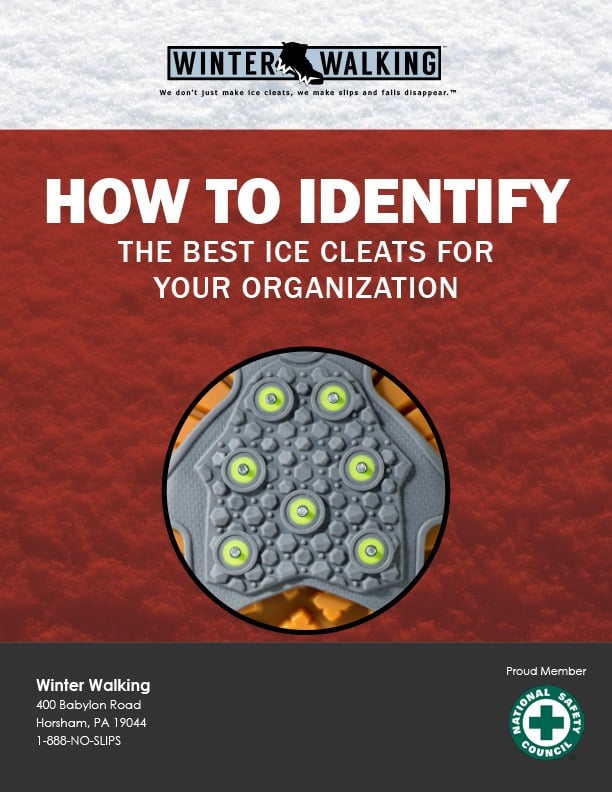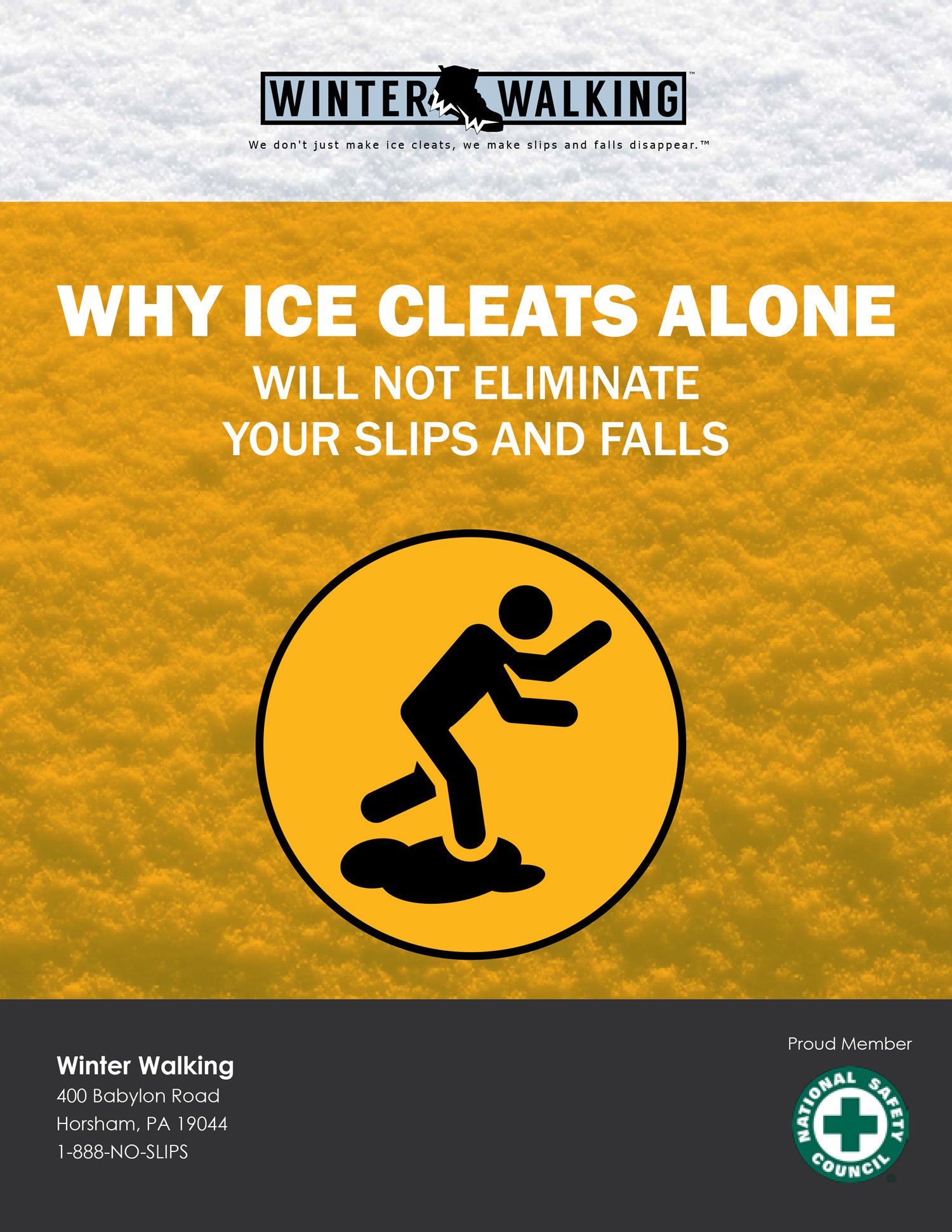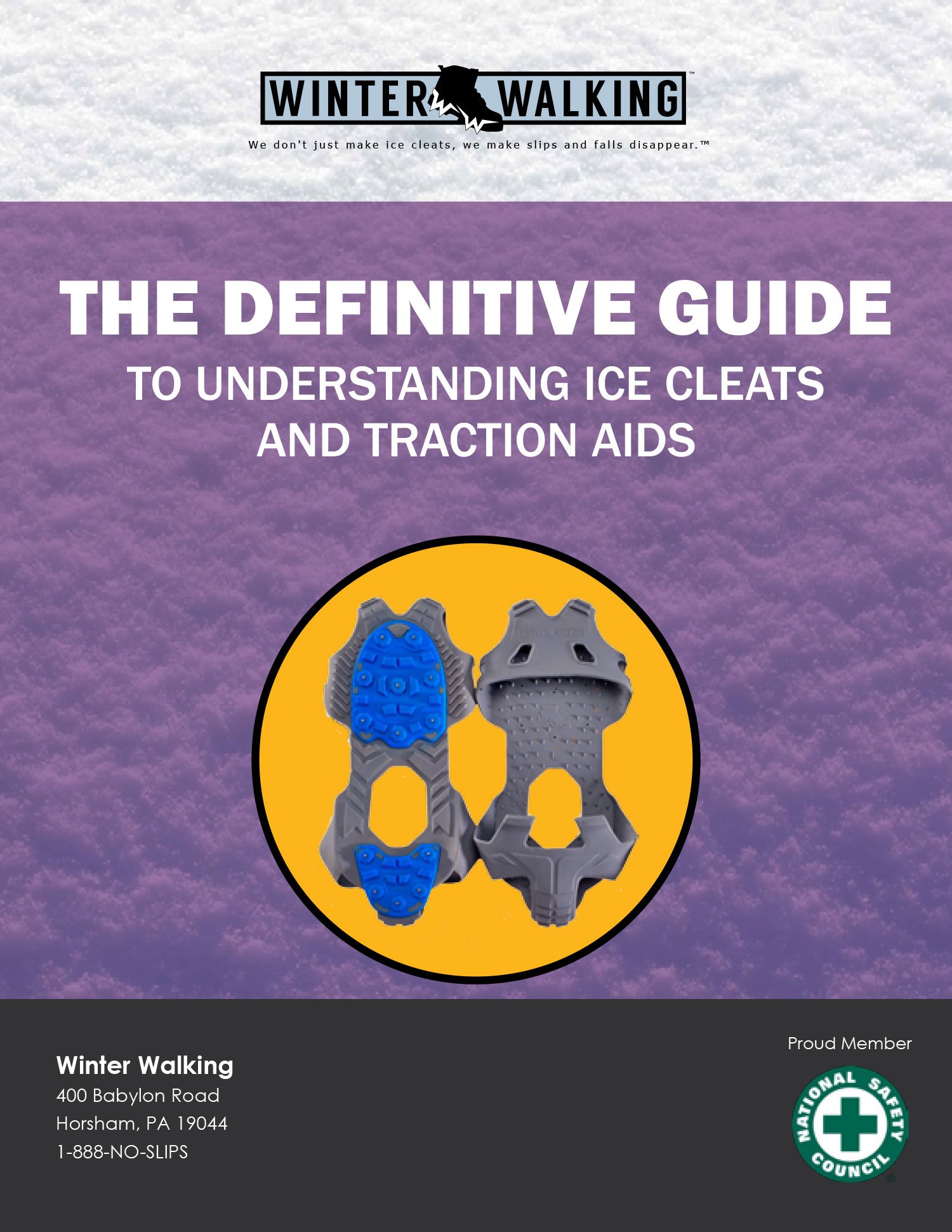Until recently, winter had been pretty calm and warmer than normal for most of the U.S. But then, you read the news headlines and see that winter’s first big snowstorm is coming to your area. It’s late January, after all, and winter weather really isn’t uncommon this time of year, is it? So, after reading about this storm approaching, you decide to check your ice cleat inventory. Only to realize you’re low on stock – or worse, completely out! Now, the panic starts to set in, “Oh man, I wish I had done something about this a few weeks ago.”
Continue Reading
We live in such an instant gratification world today. If you’re willing to pay a high premium for shipping overnight, you can get just about anything you want, when you want it. The hottest toys for holiday shopping? No problem. The latest cell phones? No biggie. Last-minute clothing purchases? Easily done. Now is the time of year when “just ship it overnight” quickly becomes the most often heard statement I hear. Of course you can have ice cleats or traction aids shipped overnight, right? Well, the answer is both yes and no.
Continue Reading
Recently, I had a conversation with a safety director from a large company that has operations all over the globe. He was telling me about how they used to have a lot of slip and falls due to ice and snow. They investigated ways to reduce winter slip and fall accidents and concluded it was time to invest in ice cleats. He went on to describe how they did all their research, testing, due diligence, etc. and ended up buying what they believed was the best ice cleat at the time. (Disclaimer: This isn’t an ice cleat my company manufactures.)
Continue Reading
On particularly cold winter days when I was a kid, my mother would often give me a choice regarding outerwear, “Either wear your winter coat or don’t go outside,” she would say, effectively offering me a Hobson’s Choice - no choice at all. Since I was just a seven-year-old kid, my mom wasn’t interested in empowering me or helping me to build my decision-making skills. She simply wanted me to be warm and not get sick. There are many companies that offer this same “no choice” when it comes to safety items – either comply with OSHA workplace safety or go home.
Continue Reading
I was speaking with a corporate safety director the other day about the challenges his workforce faces with employee buy-ins and working in the ice and snow. He has used our ice cleats in the past with good success. Recently, his company started a new safety initiative: ZERO winter slip, trip and fall incidents. This can be hard goal to reach (but not impossible). After our discussion, he realized that just buying winter traction aids and making them available to everyone was good, but not good enough to achieve his goal. Things needed to change.
Continue Reading
I recently spoke with a customer who has been buying our ice cleats for years. They’ve had a few slip and fall accidents on the ice and snow this winter and are, understandably, very frustrated. After the accident investigations, they realized each incident had the same the root cause: None of the employees who fell were wearing the ice cleats and winter traction aids that were being provided. Does this sound familiar to you? This is one of the most frustrating, but preventable, things a safety professional can hear. Have you ever noticed problems with employee engagement? Most likely, you hav[…]
Continue Reading





